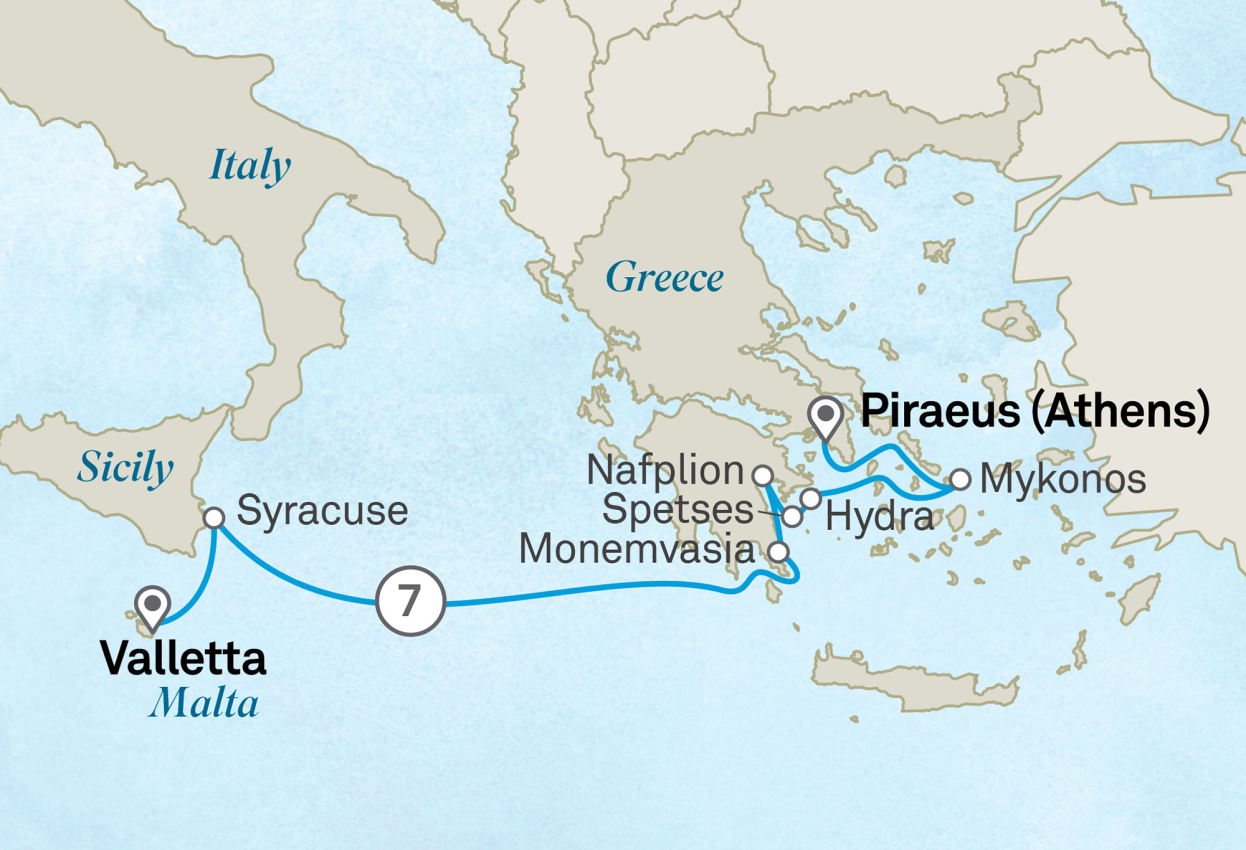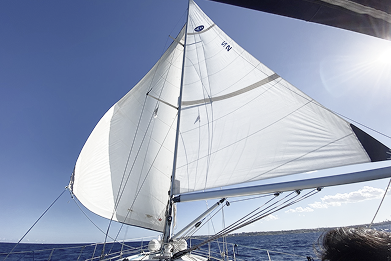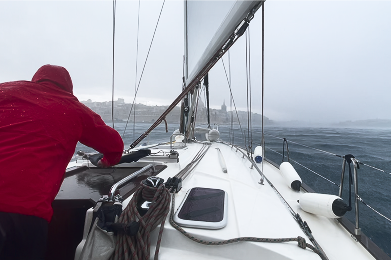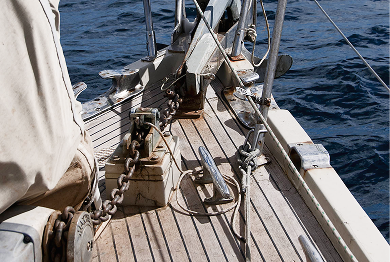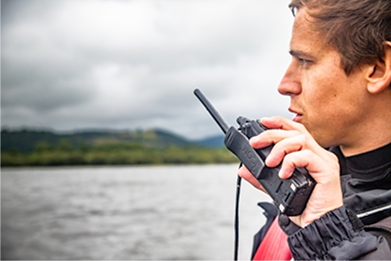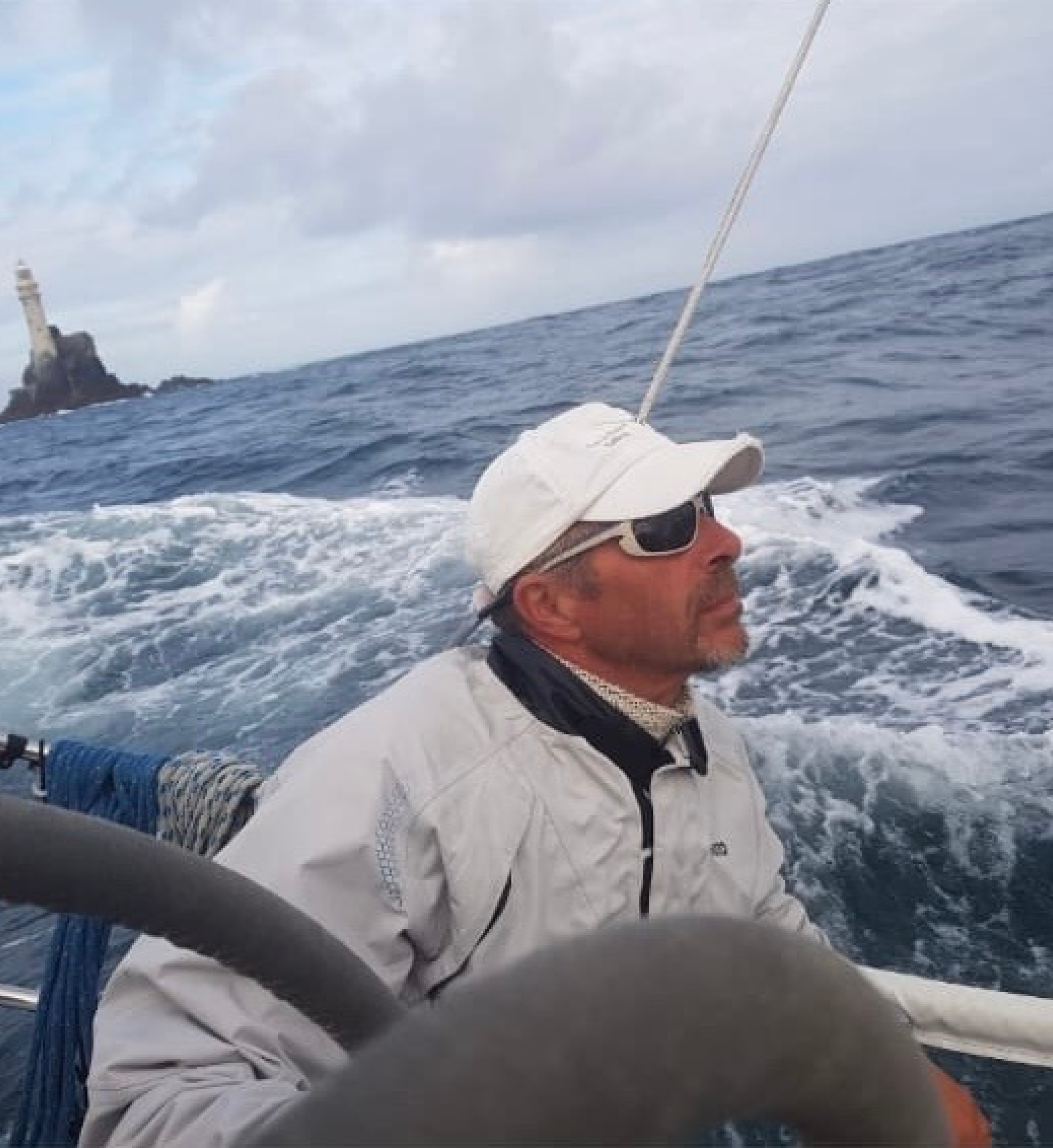7-Day Mile-Building Passage: Lavrion, Greece to Malta
An Unforgettable Offshore Adventure
7-Day Mile Builder
4.9 rating of 57 reviews
Bavaria 46C - 4 cabins
24th-31st Aug 2025
14 - 65 years old
3 - 8 people onboard
600 Nautical Miles
All year available
Lavrion Port, Greece
No assumed knowledge
Prices from €1400 per person
7-Day Mile-Building Passage: Lavrion, Greece to Malta
An Unforgettable Offshore Adventure
Set sail on an unforgettable journey from Greece to Malta, navigating through the Aegean’s deep blue waters, past rugged island coastlines, and across the vast open sea. This week-long mile-building adventure blends the thrill of offshore passages with the charm of historic Mediterranean ports, offering the perfect challenge for aspiring skippers and seasoned sailors alike.
Take turns at the helm as you navigate through the Greek islands, cross the Ionian Sea, and sail past Sicily, logging over 600NM, including Yachtmaster qualifying passages. With hands-on coaching, passage planning, night sailing, watch rotation, and real offshore experience, this passage is both a training ground and an unforgettable voyage.
- Your own cabin! No-one shares unless by choice when booking
- Option for couples, families or groups on 46ft cruise yachts
- You can join this trip as RYA Competent Crew course (if you completed theory)
- You will be expected to helm and keep watch!
7-Day Mile Builder
Bavaria 46C - 4 cabins
24th-31st Aug 2025
14 - 65 years old
3 - 8 people onboard
600 Nautical Miles
All year available
Lavrion Port, Greece
No assumed knowledge
Prices from €1400 per person
Upcoming Trip Dates
This course is arranged upon request, please contact us or send us an enquiry if you're interested. 😉Essential Skills Practiced During Mile Building
Passage Planning & Navigation
• Planning the route before departure, taking into account weather, tides, currents, hazards, and stopovers. • Identifying way points, adjusting course, and ensuring the passage is safe and efficient.
Night Sailing & Watchkeeping
• Sailing in darkness with limited visibility using navigation lights, radar, AIS, and chart plotters. • Watchkeeping involves standing shifts (watches) during long passages, where crew members rotate roles.
Sail Handling & Trim Optimization
• Adjusting sails to maximize speed, efficiency, and comfort based on wind conditions. • Understanding how different sail settings affect the boat's performance.
Heavy Weather Sailing & MOB
• Techniques to handle strong winds, rough seas, and unexpected squalls. • Using storm sails, heaving-to, deploying drogues, and managing crew fatigue. • Practicing man-overboard drills.
Anchoring & Mooring Techniques
• Learning how to safely anchor in different seabed conditions. • Mooring in various settings, including marinas, pontoons, and mooring buoys.
Radio Communication & COLREGS
• Using VHF radio to communicate with harbormasters, coast guards, and nearby vessels. • Understanding Collision Regulations (COLREGs) for right of way at sea.
Between Malta and Sicily
A region in the central Mediterranean known for its rich history, stunning coastlines, and vibrant sailing traditions
1
2
3
4
5
6
7
A Perfect Sailing Gateway
Greece - Lavrion
Lavrion, on Greece’s southeastern coast, is a vibrant port and perfect starting point for sailing the Aegean. Its marina and proximity to Cape Sounion make it both practical and scenic.
* example mile builder stops, subject to weather
Typical Itinerary (one week passage)
Visit Malta, Gozo, Syracuse, Catania, and Tourmina, with some night sailing. Sail coaching available for those wishing to improve their skills. C. f350NM (7 day) logged, with the possibility of 60NM YM qualifying passages.
⛵ Training Focus: Coastal navigation, sail trim, anchoring practice. • Morning: Crew arrival, safety briefing, provisioning, and passage planning session. • Midday: Set sail through the Cyclades, experiencing the Meltemi winds. • Afternoon: Swim stop in Ornos Bay, then dock in Mykonos Marina. • Evening: Explore Mykonos Town, with dinner at a waterfront taverna. 📍 Overnight: Marina or anchorage in Mykonos
Never sailed before?
You can still join the trip if you are in good physical and health condition,
but we strongly recommend completing our RYA Competent Crew course as a minimum.
Testimonials
Our students loved it
Excellent
Excellent
Excellent
Mile building tour gallery
Set sail on our mile-building adventure between Malta and Sicily, guided by an expert instructor, where you’ll experience the best of the Mediterranean’s coastal beauty and rich history.
Recent Instagram photos
Frequently Asked Questions
Contact us
Careers
We are a small, growing sailing school that aim to become to the the leading RYA training centre in the Mediterranean area.






